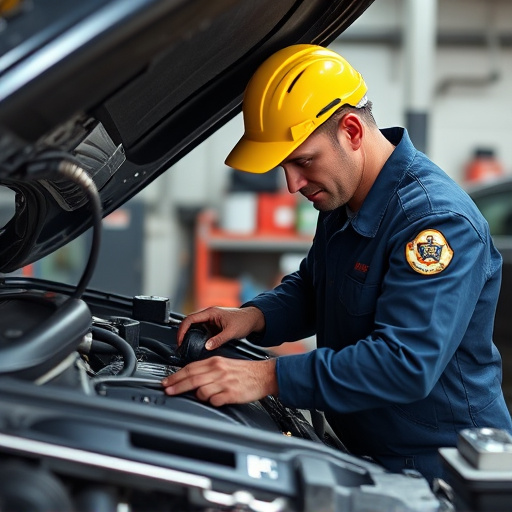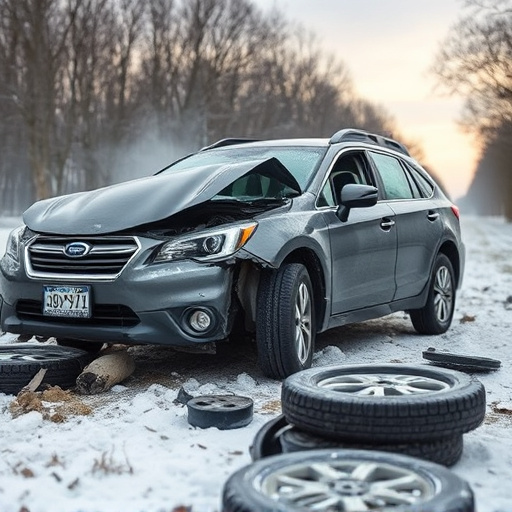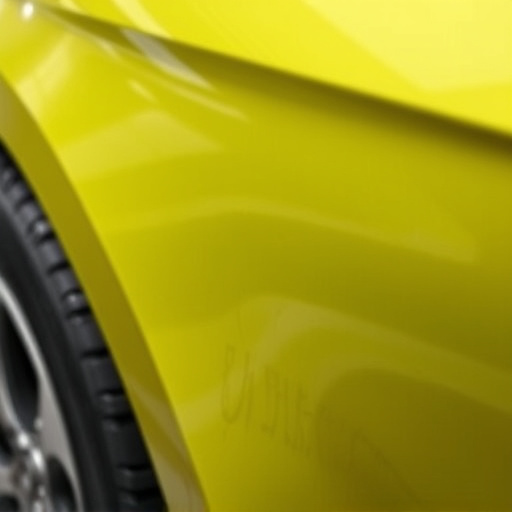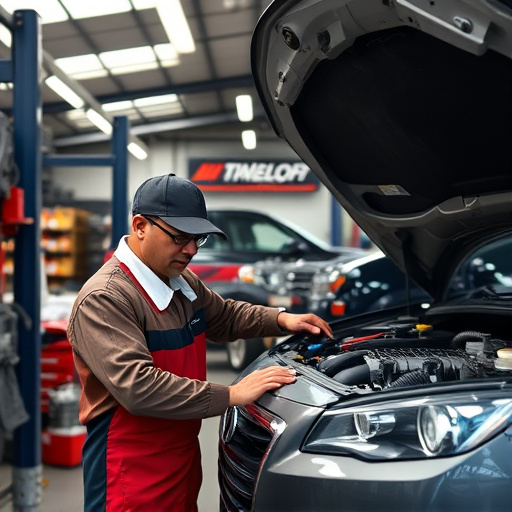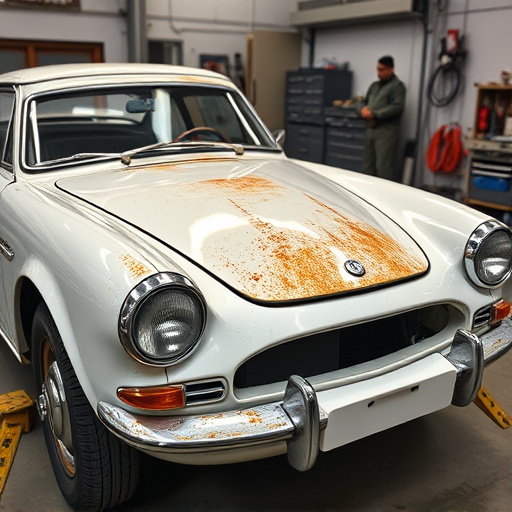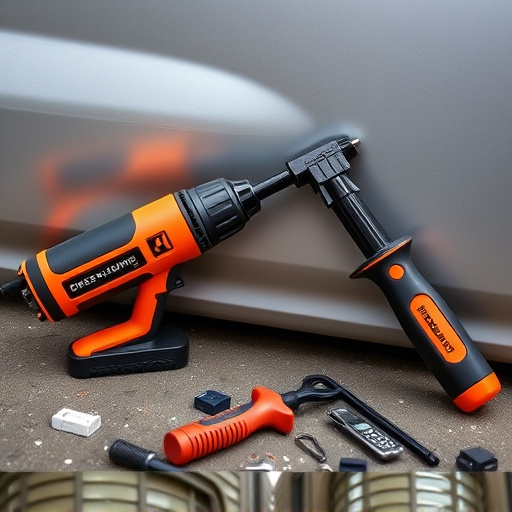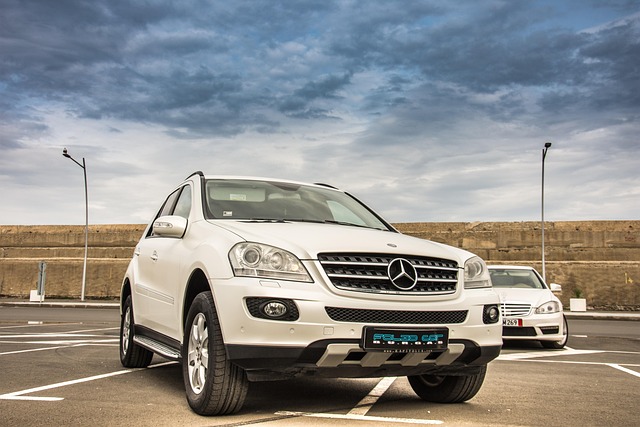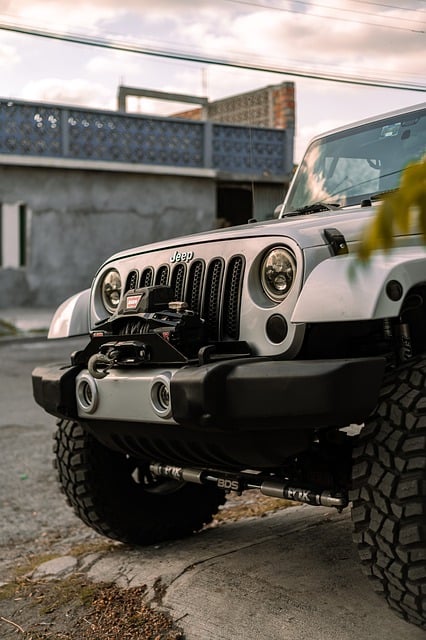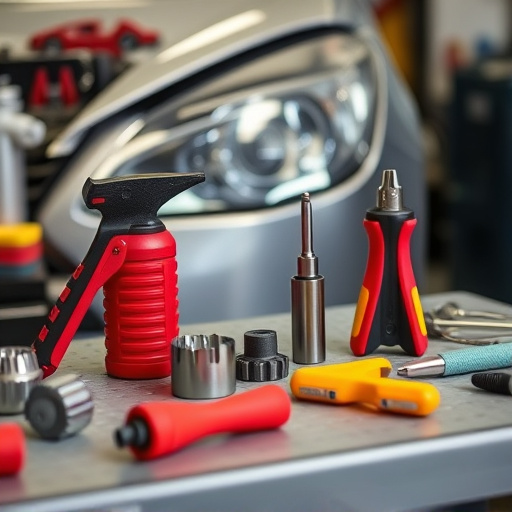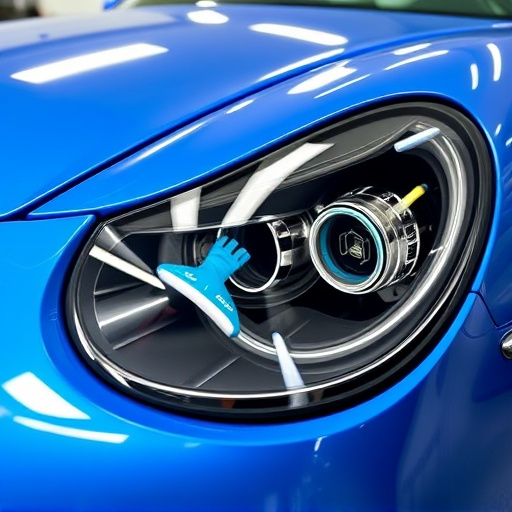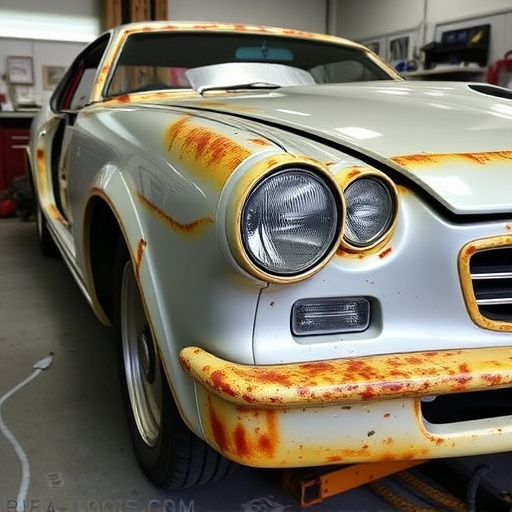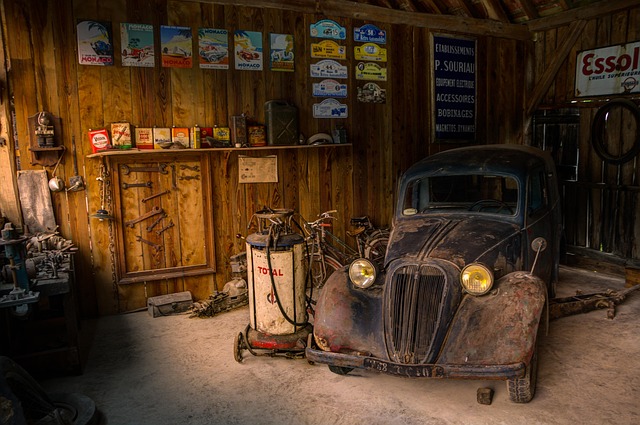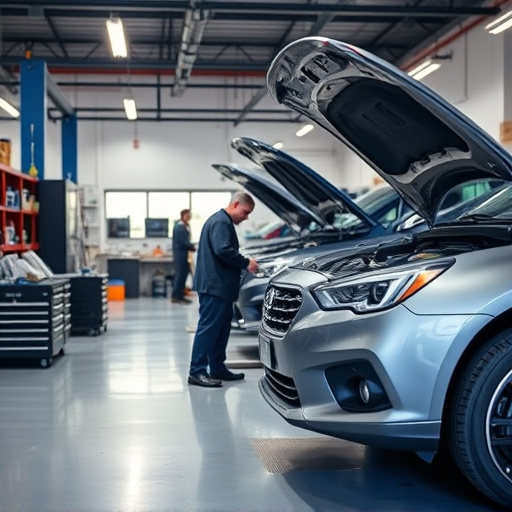The loaner vehicle collision repair industry has seen a significant transformation through digital tool integration, improving efficiency, accuracy, and customer satisfaction. Advanced software for damage assessment, auto glass replacement, and calculations, along with computer-aided design (CAD) systems for painting tasks, streamline the entire repair process. Effective technology-driven communication fosters trust and transparency between mechanics and customers, ensuring meticulous documentation and quick issue resolution. Moreover, data-driven insights from historical crash data help predict potential issues, while advancements in frame straightening and paintless dent repair technologies offer accurate, cost-effective, and environmentally friendly solutions.
Technology is transforming the landscape of loaner vehicle collision repair, making processes smoother and customer experiences better. From digital tools that streamline repairs to enhanced communication channels, these innovations are revolutionizing how shops manage claims. By embracing data-driven insights, collision centers can achieve higher service quality and safety standards, ensuring satisfied customers and reduced downtime for their vehicles. This article explores these advancements in detail.
- Streamlining the Process: Digital Tools for Efficient Collision Repair
- Enhancing Communication and Transparency with Customers
- Data-Driven Insights for Better Service and Safety Standards
Streamlining the Process: Digital Tools for Efficient Collision Repair
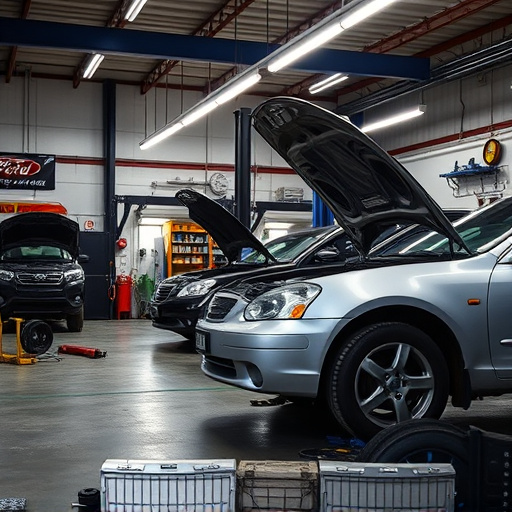
The traditional loaner vehicle collision repair process can be a lengthy and cumbersome experience for both customers and repair shops. However, the integration of digital tools has revolutionized this landscape, making loaner vehicle collision repair more efficient than ever before. From initial damage assessment to final car bodywork restoration, digital solutions streamline every step of the repair journey.
Advanced software platforms now enable precise measurements and calculations, facilitating faster auto glass replacement and ensuring accurate repairs. Moreover, computer-aided design (CAD) systems offer detailed visuals, allowing technicians to plan complex auto painting tasks with enhanced accuracy. This not only reduces repair time but also minimizes errors, resulting in higher-quality outcomes for customers.
Enhancing Communication and Transparency with Customers
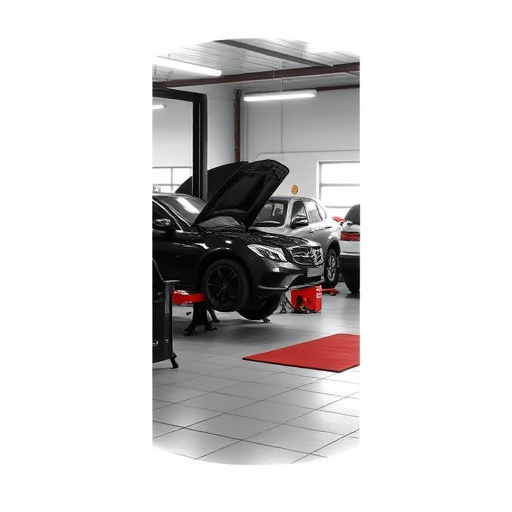
Effective communication is a cornerstone of any successful loaner vehicle collision repair service. Technology plays a pivotal role in enhancing this aspect by providing efficient and transparent updates to customers throughout their journey. With digital systems, clients can receive real-time information about the status of their car’s restoration, from initial assessment to final pick-up. This transparency builds trust as they stay informed, ensuring any concerns or questions are addressed promptly.
Moreover, advanced communication tools enable mechanics and service representatives to collaborate seamlessly, streamlining the collision repair process. For instance, a Mercedes-Benz collision repair shop could utilize specialized software to document car body restoration procedures, share progress reports with customers, and facilitate easy back-and-forth for clarifications. This level of transparency not only improves customer satisfaction but also guarantees that every step of the loaner vehicle collision repair service is meticulously documented and accessible to all involved parties.
Data-Driven Insights for Better Service and Safety Standards
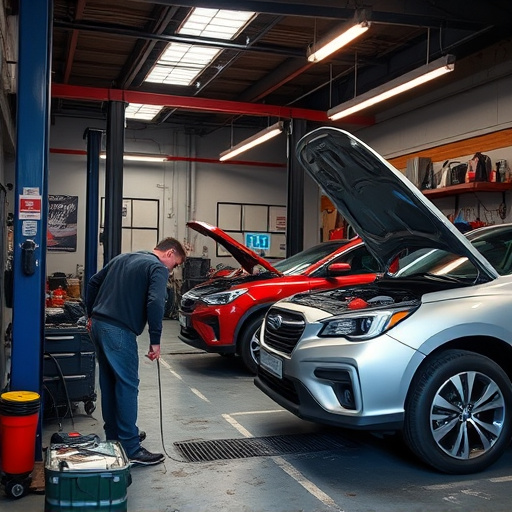
In the realm of loaner vehicle collision repair, technology has become a powerful ally, offering data-driven insights that enhance service quality and safety standards. Modern auto repair shops leverage advanced diagnostics tools to accurately assess damage, enabling more precise estimates and efficient repairs. By analyzing historical data on common crash patterns and types of damage, these systems predict potential issues, allowing mechanics to proactively address them. This not only speeds up the collision repair process but also ensures better structural integrity and safety for loaner vehicles.
Moreover, technological advancements in techniques like frame straightening and paintless dent repair are transforming the industry. Automated frame-straightening machines reduce manual error and increase accuracy, while paintless dent repair technology minimizes repainting needs, preserving the vehicle’s original finish. These innovations not only contribute to a higher quality of work but also offer customers more environmentally friendly and cost-effective solutions for their loaner vehicle collision repair needs.
Technology is transforming the landscape of loaner vehicle collision repair, making the process more efficient, transparent, and safe. Digital tools streamline operations from initial assessment to final handover, enhancing customer satisfaction and ensuring higher service standards. By leveraging data-driven insights, repair facilities can anticipate needs, improve precision, and maintain a competitive edge in the market for loaner vehicle collision repair services.
